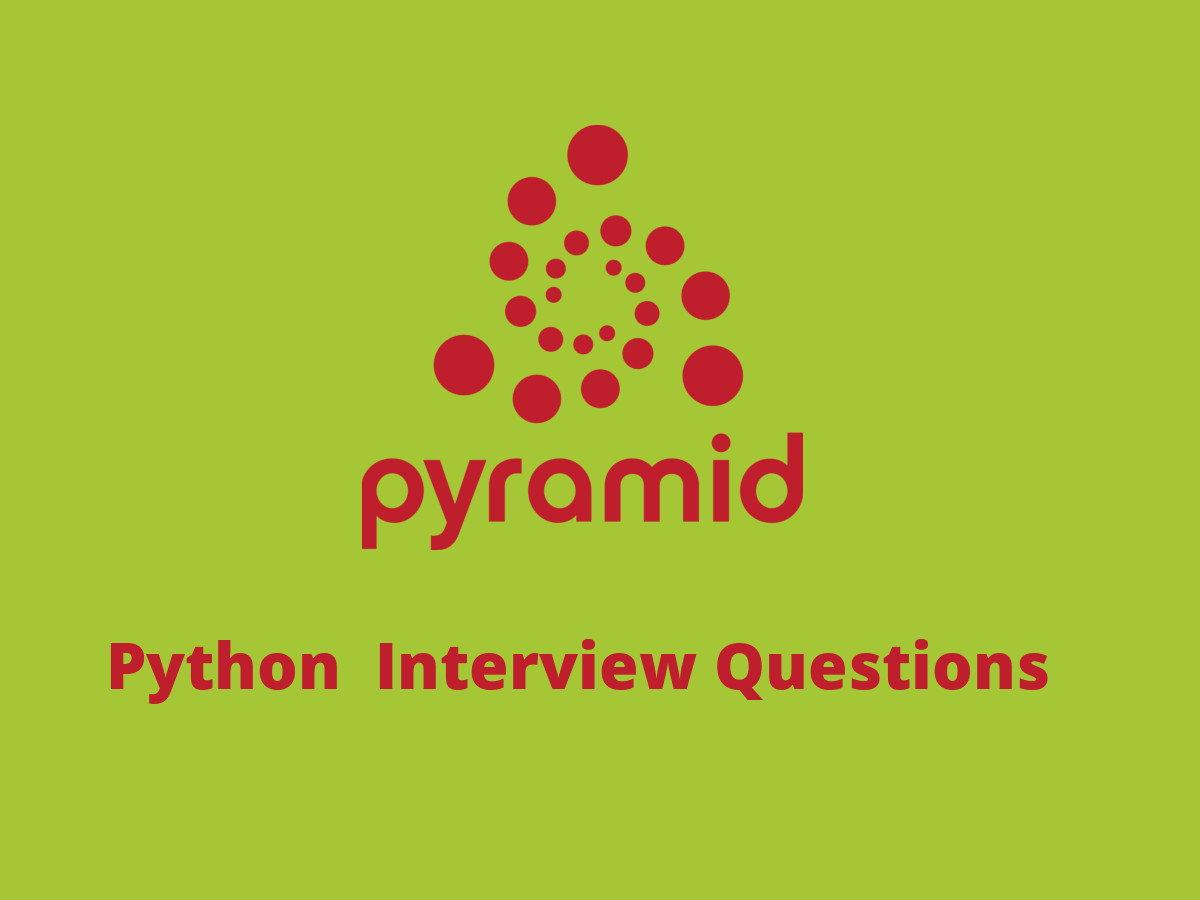What is Python Pyramid?
Python Pyramid makes it quite easy to write web applications. One can start with a kind of small "hello world" like a request or response web app. While learning, one can go ahead with complex programs. As the application gets going, Pyramid offers several features that make writing complex and big software with minimal effort. All versions of Python support Pyramid to work in.
Python Pyramid is an open-source web framework WSGI based on the MVC (Model-View-Controller) architectural pattern. Developers of Pyramid dive to Pyramid's descriptive documentation or they can browse the large API references. Pyramid has plenty of resources to choose from. For example, Extending Pyramid is a filterable and curated list of packages, add-ons, and applications constructed to work along with Pyramid.
Pyramid also has some fantastic official project documentation on its official site. Other resources are more difficult compared to Pyramid web frameworks such as Flask and Django, but there are so many tutorials there to learn Pyramid if one chooses to build web applications using Pyramid.

